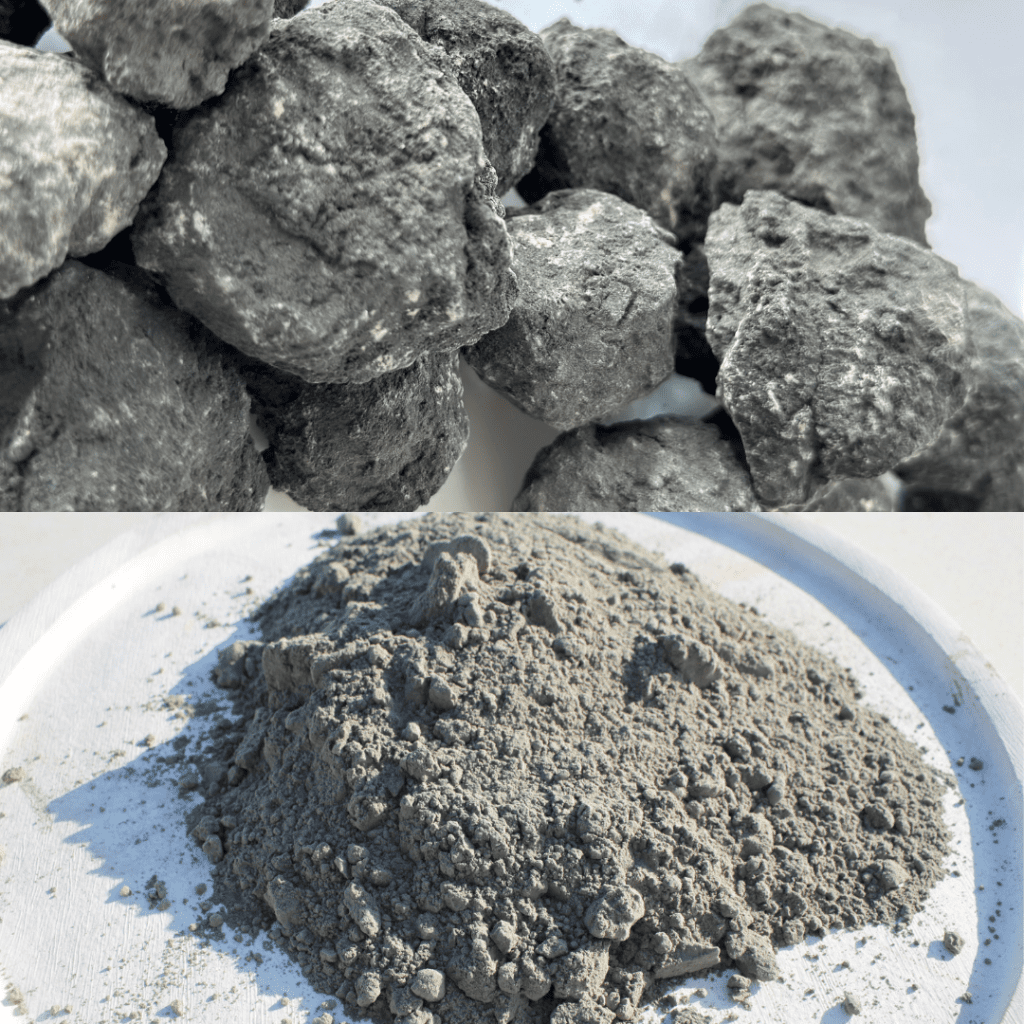
Clinker vs Cement Demand
Clinker and cement are two key building materials used in construction.
Although they are related, there are significant differences between the demand for clinker and cement.
In this text, we will explore these differences and examine the factors that drive demand for each.
Clinker is a component of cement, which is made by heating limestone and clay in a kiln at high temperatures.
The resulting product is ground into a fine powder to make cement.
Cement is the binding agent in concrete, and it is used extensively in the construction industry to make everything from buildings to roads.
The demand for clinker is closely tied to the demand for cement.
This is because clinker is the main ingredient in cement, and it is used in large quantities to produce it.
The demand for clinker is largely determined by the demand for cement, which in turn is influenced by several factors, such as population growth, urbanization, and economic development.
The demand for cement is closely tied to the construction industry.
When the construction industry is booming, the demand for cement increases, and this leads to a corresponding increase in the demand for clinker.
The opposite is true when the construction industry is in a downturn.
Another factor that influences the demand for cement is the price of alternative building materials.
If the price of alternative materials like steel or wood is high, the demand for cement will increase as it becomes more cost-effective. Conversely, if the price of alternative materials is low, the demand for cement will decrease.
In contrast, the demand for clinker is less influenced by the price of alternative building materials.
This is because there are few alternatives to clinker in the production of cement.
While some substitutes like fly ash or slag can be used in the production of cement, they are not as effective as clinker and cannot replace it completely.
In conclusion, while clinker and cement are closely related, the demand for each is driven by different factors.
The demand for clinker is largely determined by the demand for cement, which in turn is influenced by population growth, urbanization, and economic development.
The demand for cement, on the other hand, is closely tied to the construction industry and the price of alternative building materials.
Understanding these differences is crucial for businesses involved in the production and distribution of these materials, as well as for policymakers seeking to support sustainable development in the construction sector.



